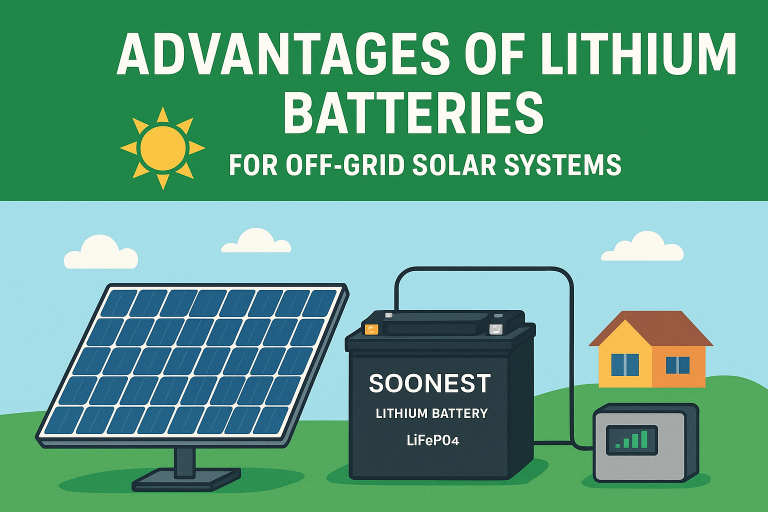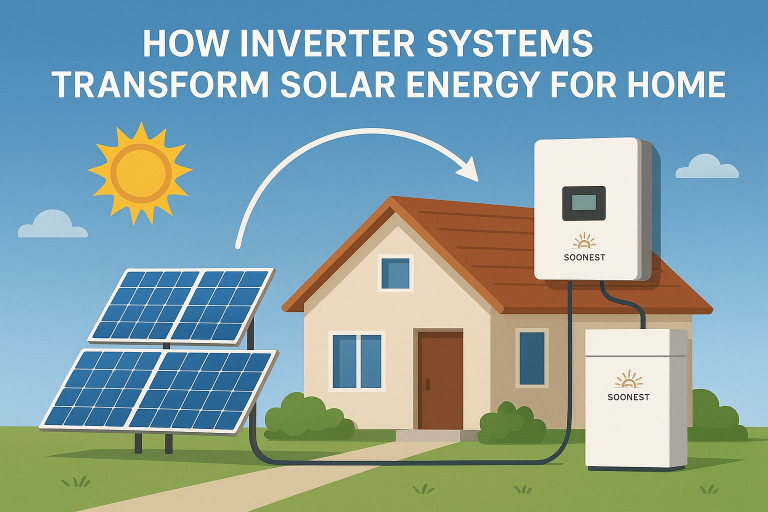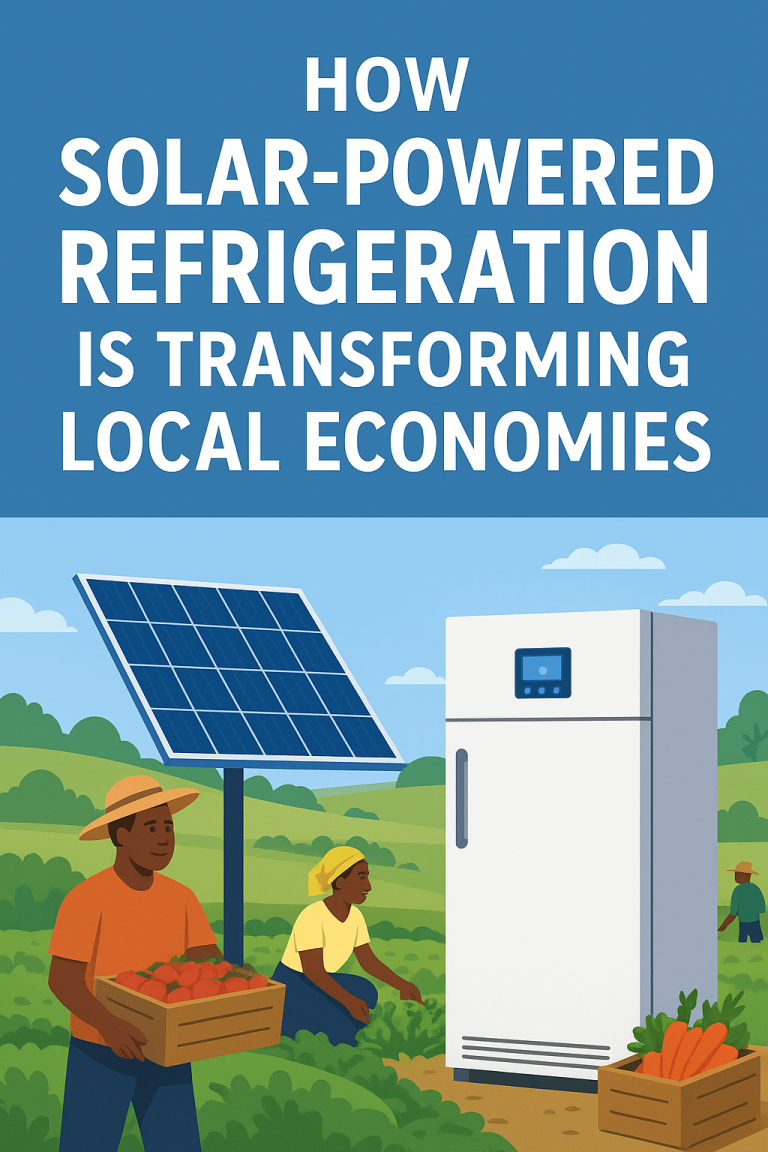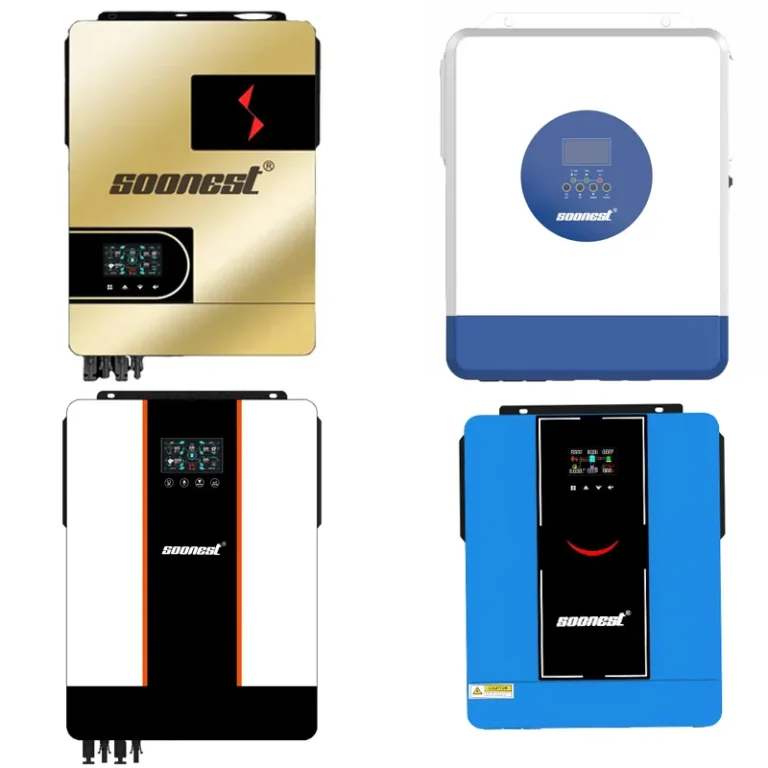A hybrid solar inverter system shines because it skillfully blends different energy sources and transforms them effectively. These setups smoothly combine solar power, batteries, and grid electricity. For instance, the Soonest Solar Hybrid Inverter MY Series changes DC power from solar panels into clean, smooth AC electricity. This makes it work well with home gadgets and personal computers. Also, its broad PV input range (30–400VDC) and strong MPPT solar charging ability (up to 80A) boost its flexibility for many uses.
The process gets better with adjustable settings for input voltage and battery charging strength. Users can tweak the hybrid solar inverter to fit specific needs, like for homes or businesses. Plus, handy LCD controls make it simple to choose between AC and solar charging priorities.

Battery Storage Improves Power Use
Adding battery storage to a hybrid solar inverter system greatly enhances its performance. Batteries save extra energy made during bright, sunny hours. This stored power is ready for use when sunlight is weak or at night. The SOONEST AIO Series, for example, packs a hybrid inverter and lithium batteries into one compact unit. This setup saves space and makes the most of available energy.
These units come with built-in LiFePO4 batteries that last over 6,000 cycles at 80% depth of discharge (DoD). Such a long life ensures dependability and durability. Also, clever energy management tools allow tracking through Wi-Fi or Bluetooth. They switch automatically between grid, solar, and battery modes. This keeps the power flowing without a hitch.
Why Load Management Matters for Performance
Balancing Energy for Steady Operation
Load management is key to getting the best out of a hybrid solar inverter. It balances energy needs with supply to avoid overloading and keep things running smoothly. The Soonest MC Series Hybrid Inverter allows parallel use for bigger capacity. This growth option meets higher demands in factories or business settings.
What’s more, safety features like overload protection and smart fan speed changes help keep the system steady under different conditions. By smartly handling loads, the hybrid solar inverter shares energy well and lengthens the life of its parts.
How Does the Battery Management System Work?
How Battery Monitoring Functions
A Battery Management System (BMS) is vital for a hybrid solar inverter. It watches and controls battery performance. The SOONEST AIO Series has a smart BMS that works with RS485/RS232 connections for easy linking. It checks things like voltage, current, temperature, and charge level to keep batteries healthy.
Users can spot problems early with real-time tracking and fix them fast. For example, remote checks via Wi-Fi or GPRS give insights into battery health from anywhere. This adds ease and trustworthiness.
Why Overcharge and Discharge Safety Matters
Protection from overcharge and deep discharge is crucial in a strong BMS. These safeguards stop damage from too much charging or draining. The SOONEST Hybrid Inverter With Battery All-in-One has built-in shields against overcharge, over-discharge, and heat issues.
Such safety steps not only make things safer but also stretch battery life. By keeping charge levels just right, the BMS delivers steady results, even when demands are tough.
How Do Charge Controllers Boost Solar Energy?
The Role of Maximum Power Point Tracking (MPPT)
Charge controllers with Maximum Power Point Tracking (MPPT) technology lift the output from solar panels. They constantly adjust to find the best operating spot for top efficiency. The Soonest Solar Hybrid Inverter FY Series, for instance, reaches a striking 99.8% MPPT efficiency. This high rate cuts energy loss during the switch.
MPPT is especially helpful when sunlight changes during the day or if shade partly covers panels. By shifting to match conditions, MPPT keeps solar panels working at their best.
How Voltage Control Shields the System
Voltage control is another big job for charge controllers in a hybrid solar inverter. It guards the inverter and connected gadgets from risky voltage swings. The Soonest GS Series Hybrid Inverter, for example, meets rapid shutdown rules and includes overvoltage safety.
These features protect against sudden power spikes from lightning or grid issues. They also keep output steady. Plus, a wide PV input range, like 200–800V in some models, gives more design choices without hurting safety or results.
By using advanced tools like MPPT and strong voltage control, the hybrid solar inverter offers trusty and efficient energy fixes. These suit needs from home rooftops to big factory grids.
What Are the Key Features of an Inverter Unit?
The Shift from DC to AC Power
The main job of a hybrid solar inverter is turning direct current (DC) from solar panels into alternating current (AC) for home use. The Soonest Solar Hybrid Inverter MY Series does this well, making pure, smooth AC power. This fits a wide range of devices and works smoothly in homes or businesses.
Its advanced MPPT solar charging, supporting up to 80A, boosts energy switching. Also, adjustable settings for input voltage and battery charging let users tailor it to their needs. These options make the system flexible and efficient.
Why Grid Syncing Is Important
Grid syncing is a big feature of a hybrid solar inverter. It lets the system work nicely with grid power, keeping electricity steady during ups and downs. The Soonest GS Series Hybrid Inverter shows this by matching well with mains or generator power. This ensures solid results in all kinds of situations.
What’s more, grid syncing lets extra solar energy flow back to the grid. This cuts power bills for users. The Soonest Solar Hybrid Inverter FY Series does this with a top conversion rate of 94%. It also has strong safeguards against overvoltage and lightning surges. These boost trust and save money over time.
Why Should You Choose Advanced Technology in Your System?
The Perks of Remote Tracking
Remote tracking is a must-have in advanced hybrid solar inverter systems. It lets users watch performance from anywhere using phones or computers. The Soonest Solar Hybrid Inverter SF Series works with Wi-Fi and GPRS for iOS and Android. Users can see live data on energy made, used, and battery status.
This ease helps spot issues early and cuts repair costs over time. It gives clear insights into how the system runs.
How AI and IoT Help Modern Solar Systems
Artificial Intelligence (AI) and Internet of Things (IoT) tools are changing hybrid solar inverters for the better. They bring smart guesses, automatic choices, and better links in energy setups. The SOONEST AIO Series uses smart BMS links like RS485/RS232. This ties smoothly into IoT networks for better energy control.
AI tools study usage habits and tweak settings on the fly. This shares power smartly across loads and cuts waste. Also, IoT devices help parts talk to each other better. This boosts trust and user ease.
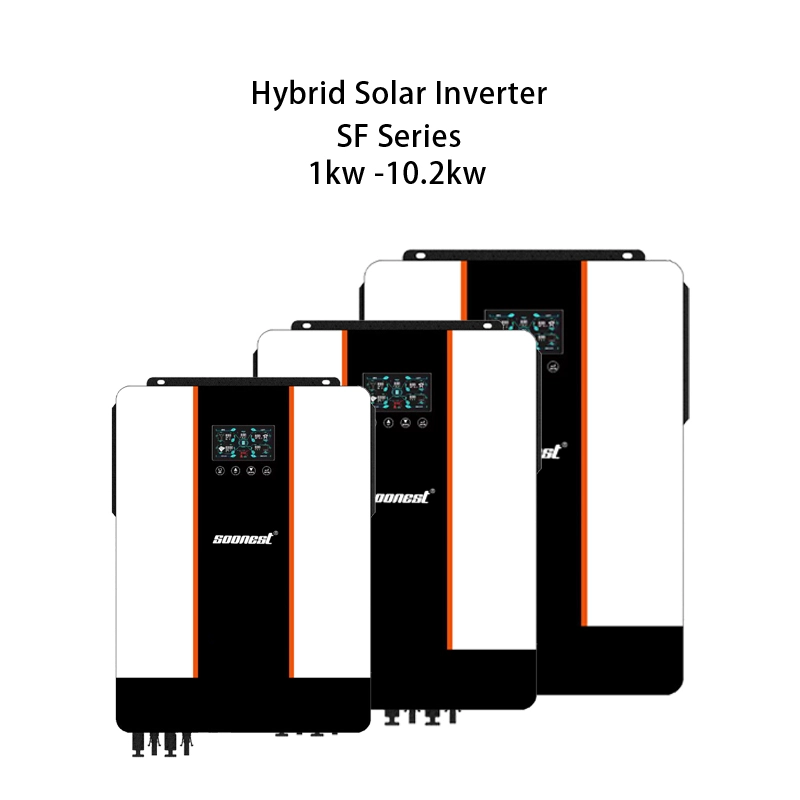
FAQ:
1. What makes a hybrid solar inverter different from a regular inverter?
A hybrid solar inverter stands out because it mixes solar power, battery storage, and grid electricity all in one. Unlike a regular inverter, which only changes DC to AC power, the Soonest hybrid solar inverter handles multiple sources. It stores extra energy in batteries for use later, switches between modes smoothly, and works well with home or business needs.
2. How long do batteries last in a hybrid solar inverter system?
Battery life depends on usage and care, but the SOONEST AIO Series uses LiFePO4 batteries that last over 6,000 cycles at 80% depth of discharge (DoD). With a smart Battery Management System (BMS), it protects against overcharge and deep discharge. This keeps batteries healthy and reliable for many years.
3. Can I check my hybrid solar inverter system from my phone?
Yes! Many models, like the Soonest Solar Hybrid Inverter SF Series, offer remote tracking. You can use Wi-Fi or GPRS to watch energy production, battery status, and usage on your iOS or Android device. This handy feature lets you monitor and adjust your system from anywhere, keeping it simple and worry-free.

